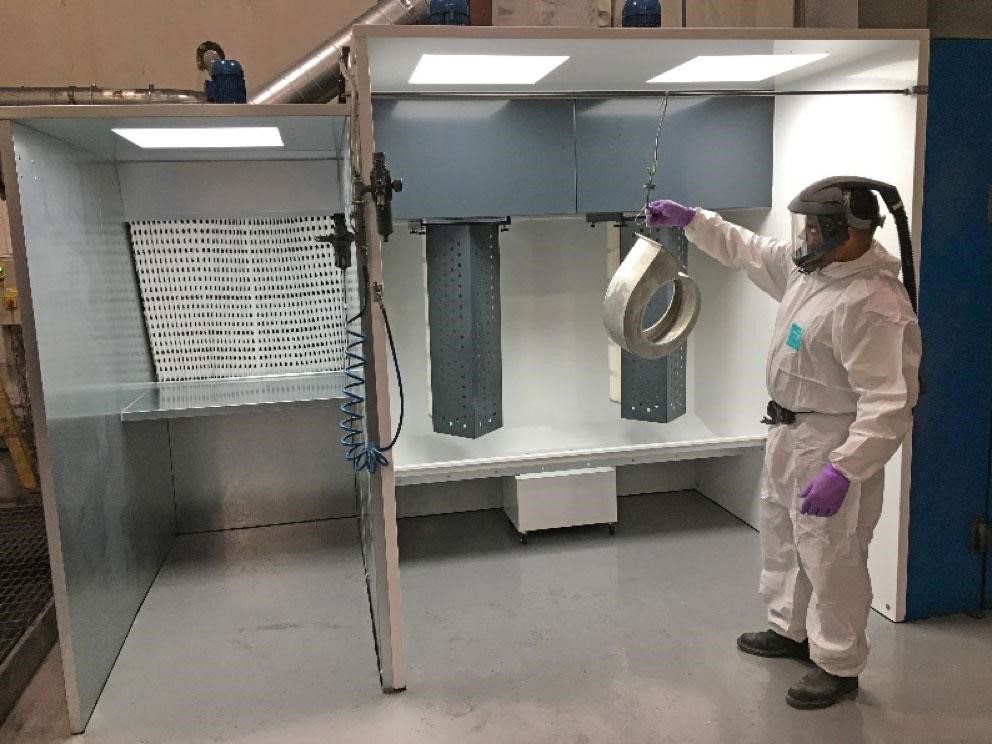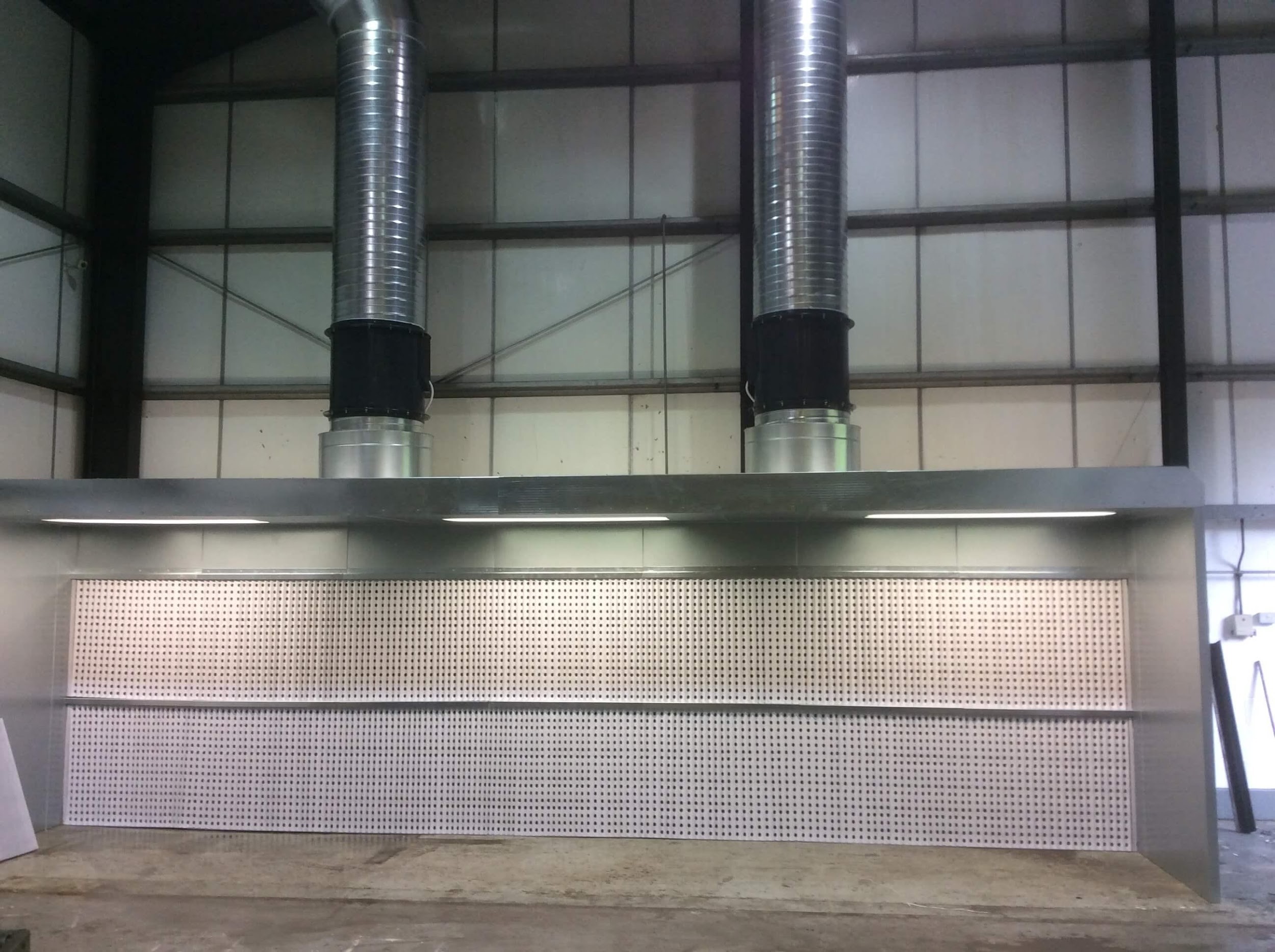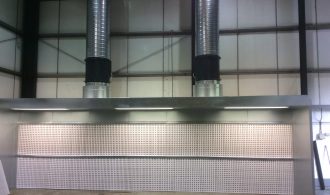Working in an environment where there is regular exposure to vapours from solvents can be harmful to health. Problems can include damage to the central nervous system, eye, skin and respiratory irritation, asthma and dermatitis through skin contact.
It’s essential that risk assessments are completed and where appropriate, a specific enclosure or unit is erected to provide a safe environment for paint work. It’s important that unauthorised and non-protected people are not allowed access to this controlled area and barriers and notices can be effective. You also need to ensure that any items are disposed of in the appropriate way, using the services of a Business Recycling company such as https://www.printwaste.co.uk/business-recycling-solutions/

Any unit or enclosure must have sufficient ventilation, be fireproof and contain spill containments kits. Another important factor to consider is the storage of hazardous materials, of which, not too much should ever be stored. Products that are incompatible should be kept well segregated and this applies to their waste disposal as well.
Containers of hazardous materials should always be stored with lids fully applied and firefighting equipment and eye-washing equipment should always be kept close at hand.
When designating a space specifically for painting or coating, a spray booth is the best option. The unit should be well ventilated and regularly maintained to the highest standards.

The contaminants discharged from the spray booth must be discharged in a safe zone away from other air inlets, windows and doorways. When opening paint cans and mixing, this should always take place inside the booth with equipment used cleaned as soon afterwards as possible. When cleaning a spray gun, do so only in an enclosed and ventilated space with the correct gun washing equipment. Do this inside a spray booth with air-fed breathing apparatus and the extraction system turned on.
Many workers are tempted to remove protective equipment when they believe the air is clear, even though tiny, fine particles can remain in the atmosphere for a while after finishing a paint spraying job. It’s a good idea to measure the clearance time for any units used for this activity. Good practice to instil in workers is to always keep their breathing apparatus on until have securely left the booth.
Other protective equipment includes the use of disposable overalls which can be discarded at the end of each spray job. Chemical resistant gloves that are single-use are also preferable. Using liquid gloves or barrier creams are not effective.
All equipment should be subject to a strict timetable of maintenance, testing and frequent examination. The air lines for supplied-air breathing apparatus should always be checked before each and airflow indicators should be checked for efficiency at least once a week. Any extraction systems require statutory examination and testing, ideally by a qualified ventilation engineer.

